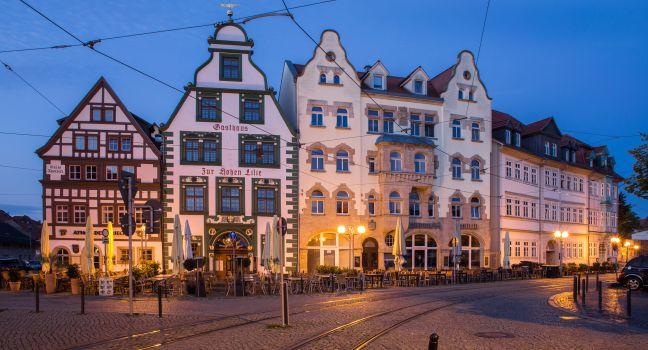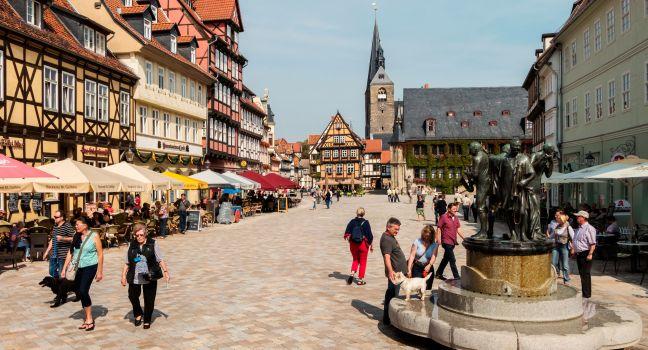Altmarkt
Although dominated by the nearby brutal Kulturpalast (Palace of Culture), the Altmarkt is a fascinating concrete leftover from the 1970s (check out the "workers and peasants" GDR mosaic), and the broad square and its surrounding streets are the true center of Dresden. The colonnaded beauty (from the Stalinist-era architecture of the early 1950s) survived the efforts of city planners to turn it into a huge outdoor parking lot. The rebuilt Rathaus (Town Hall) is here (go around the front to see bullet holes in the statuary), as is the yellow-stucco, 18th-century Landhaus, which contains the Stadtmuseum Dresden im Landhaus. Dresdeners joke that you should never park your car here because the square is under almost constant construction and you might never find it again.





